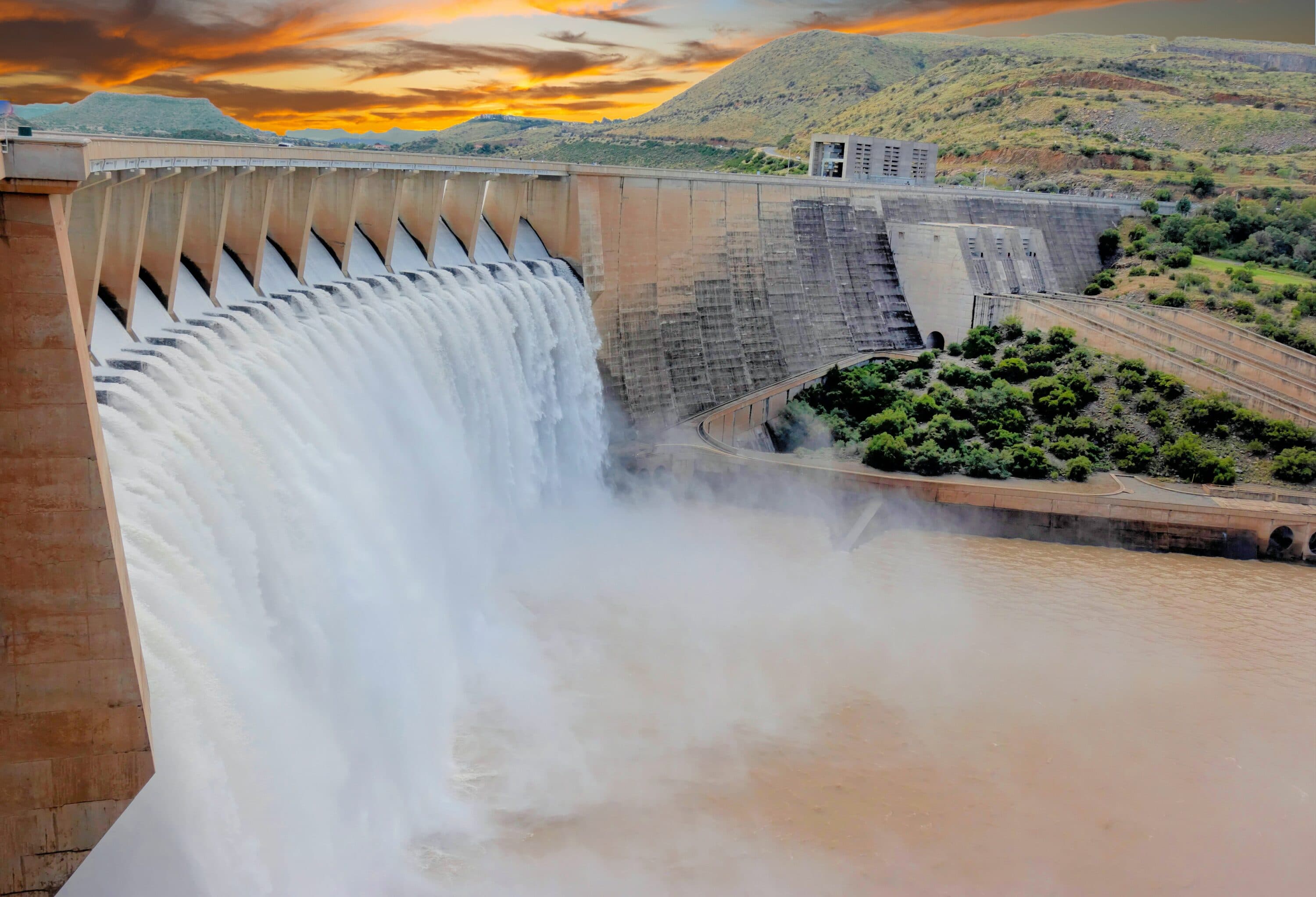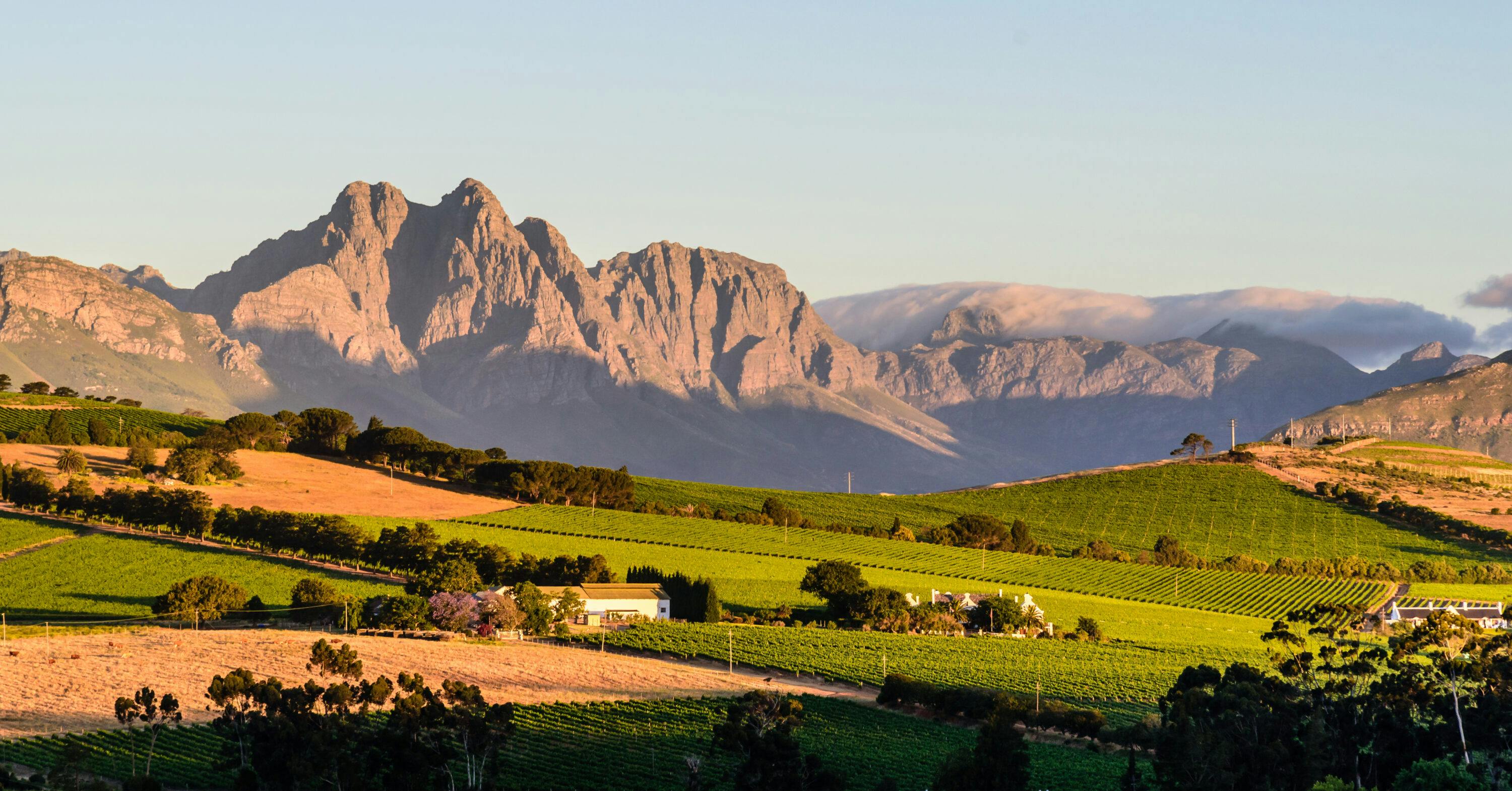
An economic appraisal of the feasibility of the proposed Nenggiri and Tekai hydro-electric projects in Malaysia
In 2016, SMEC appointed Nova Economics on behalf of Malaysia’s national electricity utility, TNB, to make an independent assessment of whether the proposed Nenggiri hydro-electric plant would be economically viable. The report was commissioned by SMEC, the engineering consultancy that TNB had appointed to lead the reappraisal of a previous feasibility study on the Nenggiri HEP.
In 2019, Nova Economics was sub-contracted by SMEC to update its 2016 appraisal of Nenggiri HEP and to conduct a similar economic appraisal of another potential hydro-electric plant, the Tekai HEP.
Background and context
Despite previous efforts to promote the integration of renewables into the national electricity mix the power sector in Malaysia has remained heavily dependent on conventional fossil resources. According to data from the Malaysian Energy Commission , only 18% of electricity generated in 2019 was expected to come from renewable sources (10% of the total from Hydro) while the remaining 82% came from fossils fuels. Peninsular Malaysia, where most of the population resides, is even more reliant on fossil fuels and generates ~90% of its electricity from natural gas and coal.
The slow development of renewables, led to calls for a more coherent policy and in 2018 the ministry of energy announced more aggressive targets for the integration of renewable energy (RE) into the national power generation mix – RE should reach 20% of installed capacity by 2025 or 28% including new and existing large-scale hydro.
In 2017, the electricity commission, Suruhanjaya Tenaga (ST) noted that it had committed in principle to the development of twelve generation projects between 2017 to 2023.
Two of these were large-scale hydro – Tekai (163MW) and Nenggiri (300MW). The ST noted however, that these were potentially the last large-scale hydro projects that would be commissioned in Peninsula Malaysia, as there were increasingly few suitable hydro resources to exploit. While the Sarawak region in North Borneo is rich in hydro resources, this is geographically distant from Peninsular Malaysia which accounts for 80% of total electricity demand.
Purpose of the study
The main objective of the study was to assess whether the proposed HEP projects were economically viable – that is, whether investing in both or either of the propose hydro-plant would result in a net benefit to Malaysian society. This is assessed by evaluating the cost and benefits the projects would on society relative to the next-best alternative. TNB’s system planners noted that given available water resources, Nenggiri and Tekai HEPs would be optimised as fast-responding capacity to be utilised primarily to meet demand during weekday peak periods.
Therefore, the main questions the study sought to answer was:
- Which configuration of each of the proposed HEPs would result in the greatest net economic benefit (e.g., high-dam vs. low-dam, larger vs. smaller turbines)?
- Would investing in the HEPs be the socially optimal way of meeting Malaysia’s future peak electricity demand, given that the next-best alternative is to invest in gas turbine?
- What are the relative costs and benefits of building large-scale hydro-project versus a gas turbine?
- How will the economic and social costs distributed within society – in each case, who would benefit and who would bear the cost?
Our approach
To assess the economic viability of the HEP we undertook a cost-benefit analysis (CBA). CBA is a comparative framework which enables one to express the future stream of costs and benefits that are expected to result from project, in monetary terms.
Some of the trade-offs that become evident during the course of the CBA were:
- HEPs have traditionally been thought of as relative ‘clean power’ because electricity is generated by running water from the reservoir through the turbines, it is renewable source and doesn’t generate GHG emissions. More recently however, it has been recognised that HEPs can result in significant environmental damage during construction– sensitive fauna, flora, habitats, and entire unspoilt ecosystems can be lost when rivers are dammed-up to create a reservoir. The construction of a dam can also have serious impacts on the sensitive river catchment downstream. Potential environmental impacts are identified during the environmental impact assessment process but are typically difficult to quantity in monetary terms.
- Gas turbine (GT) generators burn fossil fuel (either diesel or natural gas), which produce GHG emissions. The costs are normally proxied with a carbon prices, but this may understate the true environmental cost.
- While HEPs have very low operating costs relative to gas turbines, the initial capital investment is much greater. The costs for gas turbines more evenly distributed over time and are driving mainly by fuel expenses. Capital costs are incurred when a GT is operationalised. Four to five GTs have to be operationalised over the lifespan of a single HEP – one every 20 to 25 years.
- HEPs however have very long lifespans – the civil components (e.g., dam wall) can last over 100 years whereas the lifespan of a GT is 20 to 25 years. As a result, lower social discount rates favour HEPs while a higher discount rate makes a GT appear more viable.
- Relocation and land compensation costs can have a significant impact on the total cost of a HEP, especially when there are large communities that have to be relocated to make way for a dam.
SMEC and TNB used the results from these studies to understand the economic viability of the proposed HEPs. This allowed TNB to make an informed decision regarding which HEPs to pursue and where to consider alternative options.
Key findings and impact
The results of the economic evaluation presented a positive case for the construction of the Nenggiri HEP, and a marginally positive case for the Tekai HEP when compared with the thermal alternatives of a CCGT and OCGT. We found that the Nenggiri project was more viable then the Tekai project because it could produce more power and was associated with lower environmental costs, as the land to be flooded was already largely under agricultural while the Tekai project would require the flooding of unspoilt forest. The social discount rate assumed was 4.5%. Based on the findings of these studies, the energy commission approved the further development of the Nenggiri HEP project.
Recent media reports suggest that Nenggiri Dam works will commence in 2022.
